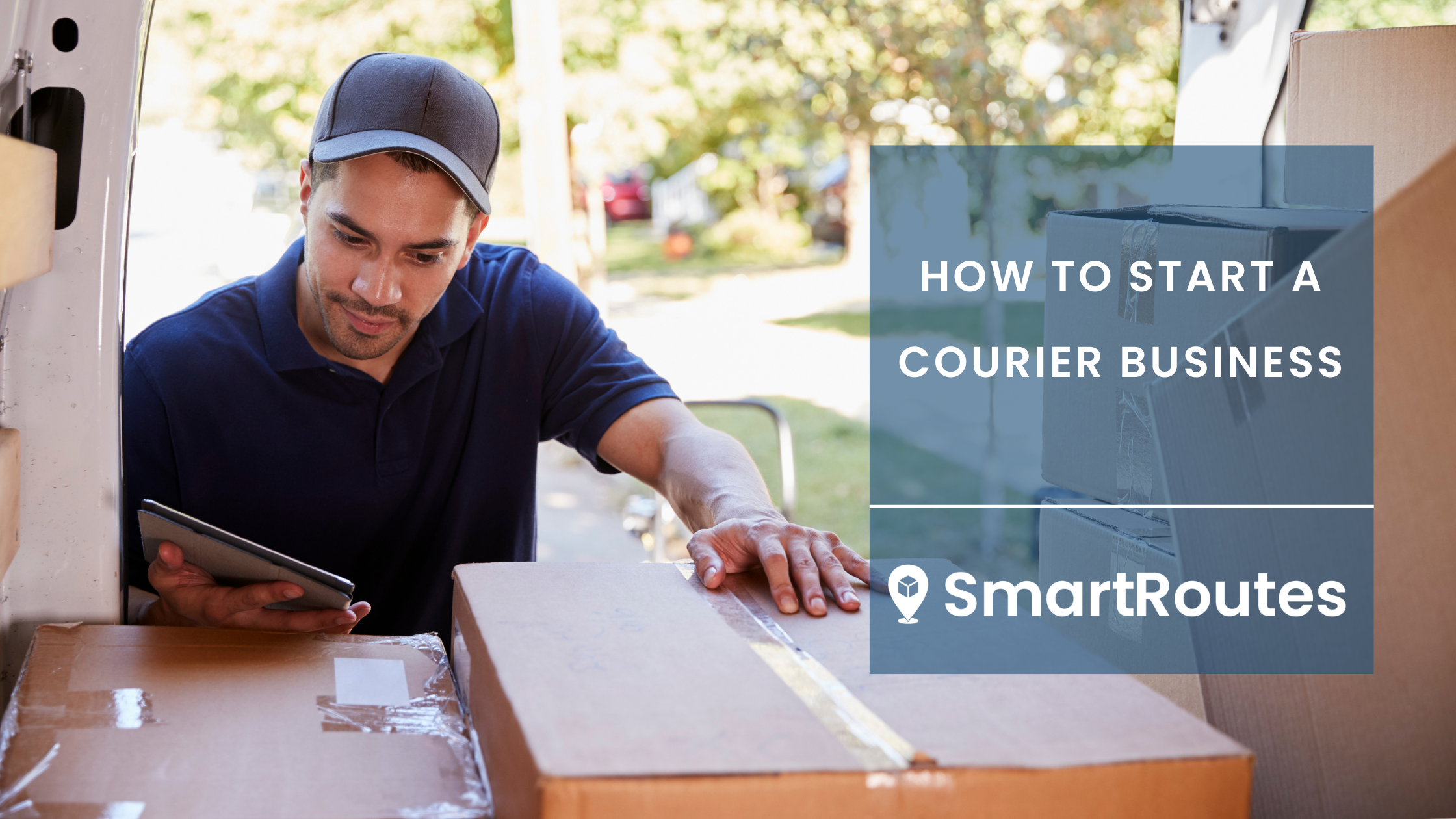Courier company – StartupSmart

Courier companies provide a valuable service, delivering important packages to companies and individuals alike. With high customer expectations, competition is fierce.
The rise of e-commerce has seen courier companies become even more eager to deliver. It’s therefore crucial you package your offering correctly in order to nail the competition. StartupSmart provides a snapshot of the industry.
What is it and who is it suited to?
A courier company delivers messages, packages and mail, and is distinguished from an ordinary mail service by increased speed, security and tracking.
As a premium service, couriers are usually more expensive than regular mail services, and their use is typically restricted to packages considered important enough to warrant the cost.
Courier services operate on all scales, from within specific towns or cities to regional, national and global services.
In cities, bicycle couriers or motorcycle couriers are common but for consignments requiring delivery over greater distances, this may often include trucks, railways and aircraft.
Most people who start up in the courier business have a good knowledge of the industry, having already worked in it. You need to have an understanding of the market and know your finances.
You also need to be able to provide good customer service and relate well with clients and staff on a day-to-day basis.
Rules and regulations
There are no specific laws attached to courier businesses. However, there are insurance issues you need to be aware of, in addition to health and safety standards.
It’s also worth noting the new regime for motor vehicle fringe benefits tax. Changes to the FBT saw the different tax rates applied to 570,000 cars, purchased on salary sacrifice, replaced with a single 20% FBT rate.
Earlier this month, a Senate estimates hearing was told by Treasury the reform would create fewer advantageous conditions for about 60% of the current users of such cars.
“We estimate around 60% of cars are travelling distances of 25,000 [kilometres] or more and therefore would be impacted by an increase in the statutory fraction,” a Treasury spokesperson said.
“A bit less than 15%, we estimate, are travelling less than 15,000 [kilometres] a year and would see a benefit from a reduction in the statutory fraction.”
Research and competition
Newcomers to the industry are encouraged to join an industry body; the Logistics Association of Australia is one example.
The association’s current membership comprises logistics professionals managing supply chain, operations, transport, contracts, distribution centres and inventory. This is in addition to consultants and educators, and service, systems and equipment providers.
The LAA also attracts professionals in sales, marketing, purchasing and manufacturing. With the impact of e-commerce on the supply chain, IT professionals, financial controllers and strategic planners are also involved.
“The LAA is the ideal forum for the interchange of ideas networking and personal/professional development of all those who join,” the association says.
Even if you think you are familiar with the industry, it’s important to research the area where you’re looking to set up.
Looking at your competitors’ prices will help you decide what you can afford to charge and whether it’s possible to undercut them.
It will also help you to see if there’s a niche in your area. For example, you might be near an airport and can focus your business there or, alternatively, you may focus your attention on delivering items such as foodstuffs.
When it comes time to design a company logo, a recognisable image will make it look like you’re everywhere, even when your numbers are few on the road.
It’s also worth reiterating that your couriers are the public face of your business. They’re the ones who are out meeting your clients and who can therefore make or break your business. Strong support at your end can help head off potential trouble.
Costs and earnings
Vehicles and staff wages will probably be your biggest expenses. Start-ups can generally expect to start making a significant profit after their third year of trading.
If you’re known on a local level as a reliable and friendly service, word of mouth could carry your fledgling business a long way. An individual courier can earn up to $60,000 a year.
An average day
According to a regional manager for Express Couriers Limited, every day in the industry is different, but a lot of his time is spent communicating with people across his region.
“There are meetings on how we are performing operationally…I also meet customers or influencers to try to open doors for our sales team to generate new business,” he says.
“My role gives me many opportunities to do different things. For example, I can be talking to a courier one minute then to the CEO of one of our customers the next. The variety is enormous.”
Useful contacts
Logistics Association of Australia
02 9635 3422 / 1300 651 911
Australian Government Small Business Support Line
1800 777 275
Australian Chamber of Commerce and Industry
02 6273 2311
03 9668 9950

